In a short but intriguing interview held by Digital Cinema Report, ‘The Creator’ DP, Oren Soffer, elaborated on the making. As explained by the film director Gareth Edwards regarding the guerrilla-style filmmaking approach used to shoot the movie, the tools were also confirmed. It’s amazing to reveal that this $80,000,000 budget sci-fi movie was shot on these affordable and reachable tools: Sony FX3, Ronin RS2, Atomos Ninja, Kowa 75mm anamorphic, and ProRes RAW.
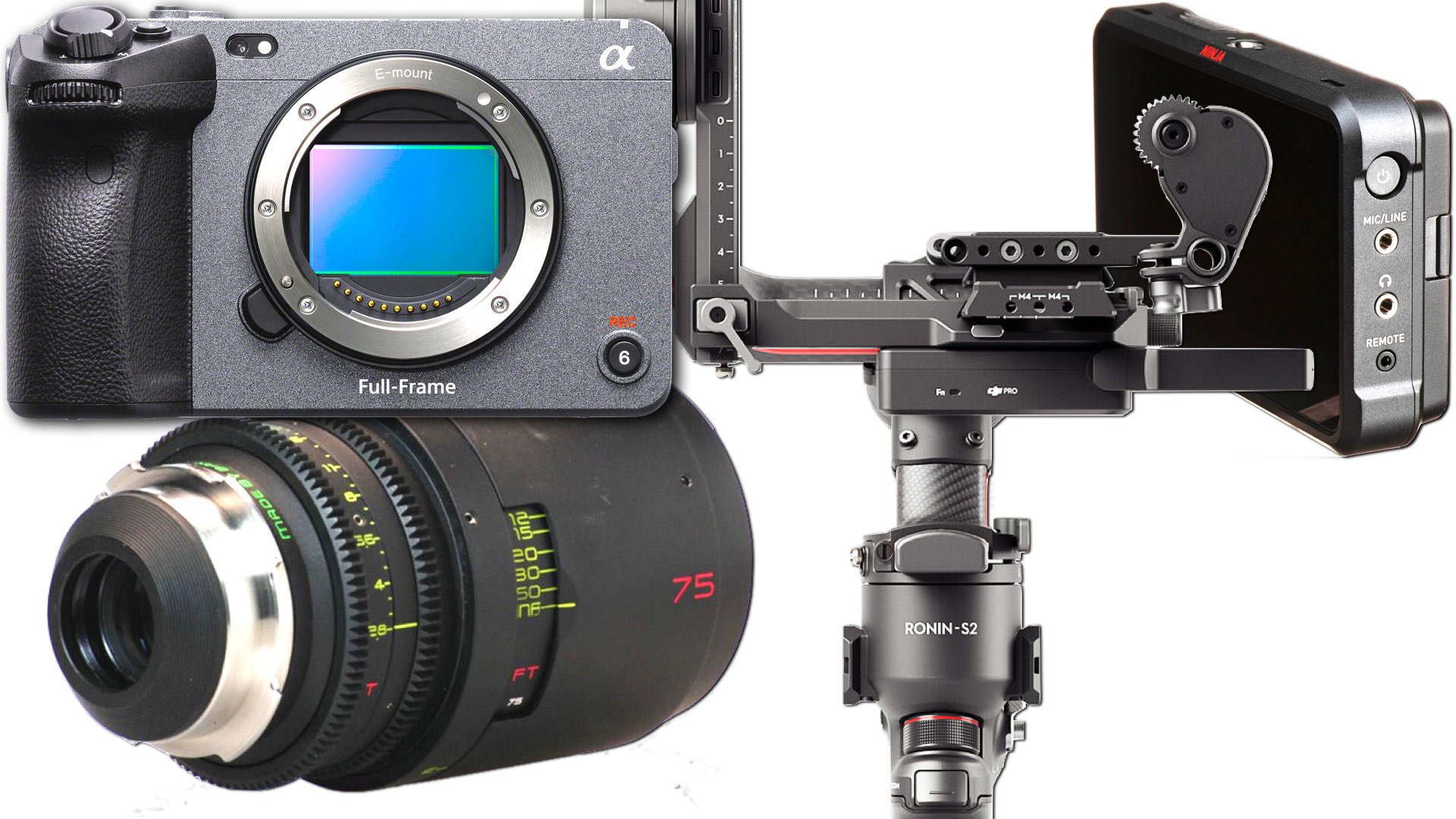
Shot on Sony FX3 – Guerrilla-style filmmaking
Y.M.CINEMA was the first to report that this mega-budget Hollywood sci-fi production was shot on a prosumer camera, Sony FX3. As opposed to what many have thought, the ARRI ALEXA 65 was not involved in this project. The use of the Sony FX3 has contributed a lot to the desired style that Director Gareth Edwards was eager for. In fact, most of the time Edwards operated the camera by himself, as stated by DP Oren Soffer in a rare interview with Nick Dager from Digital Cinema Report: “One of the unique things about this film is that Gareth operated the camera himself in order to be able to react in real-time to spontaneous occurrences on set and would often shoot 30-minute extended takes with the actors, going over actions a few times and discovering different angles and approaches to playing and covering a scene in the moment with them, like a kind of dance”. That was allowed by the simplicity of the Sony FX3. Furthermore, Soffer added: “The FX3, being a very small and lightweight camera, paired with its capacity to record a robust ProRes RAW video file format to an external Atomos Ninja recorder, emerged as the right tool for the job after some testing conducted by Greig and Gareth early in the prep process”.
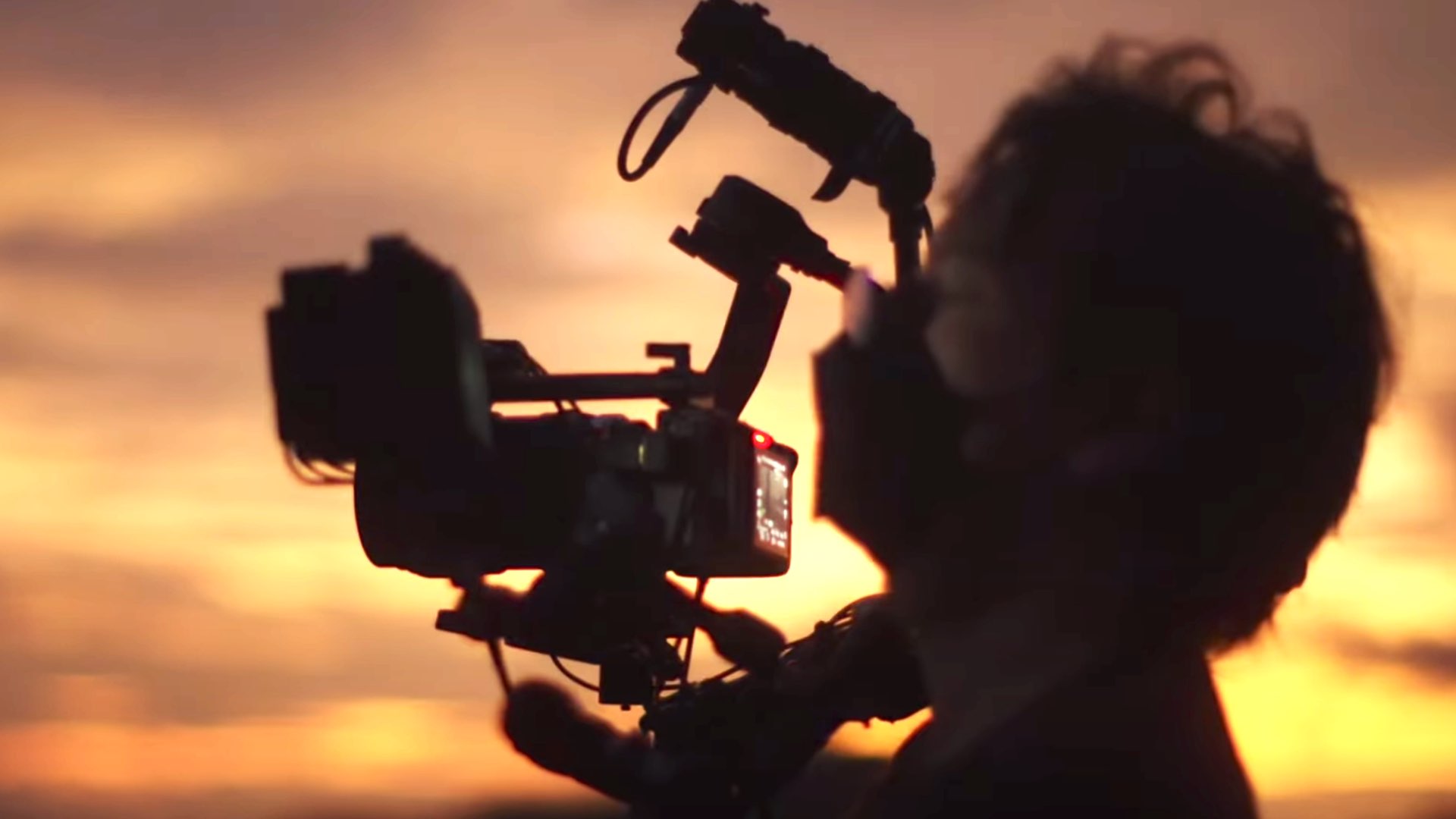
“Custom handheld gimbal rig”
As explained by Soffer to the Digital Cinema Report: “Worth noting that the camera is not without its limitations that we had to work around. First and foremost, the camera is simply not really designed to be shot in the way that we used it, so we had to come up with quite a few custom rigging solutions in order to utilize some of the other equipment we intended to use on the film including dollies, cranes, and drones. We also had to come up with a custom handheld gimbal rig with the aforementioned Ronin RS2 at its core as the A camera set-up for a majority of the film. It also took quite a bit of work and research to figure out things like timecode sync, video output (as the camera is only equipped with a single HDMI port to send out the video), anamorphic de-squeeze, and other little technical details, We also had to work around other limitations such as a lack of higher frame rates that it can shoot. But still, despite the limitations, we were able to figure out our workarounds thanks to our tenacious camera crew including 1st AC Krittabhat ‘Aey’ Khieolek, data wrangler Teevarit ‘Cho’ Pirompapachok, gaffer Pithai Smithsuh who is a cinematographer himself. He also helped build out our camera rig, as well as the entire team at Fotokem LA. I think everyone involved was really impressed with the capabilities of the camera”.
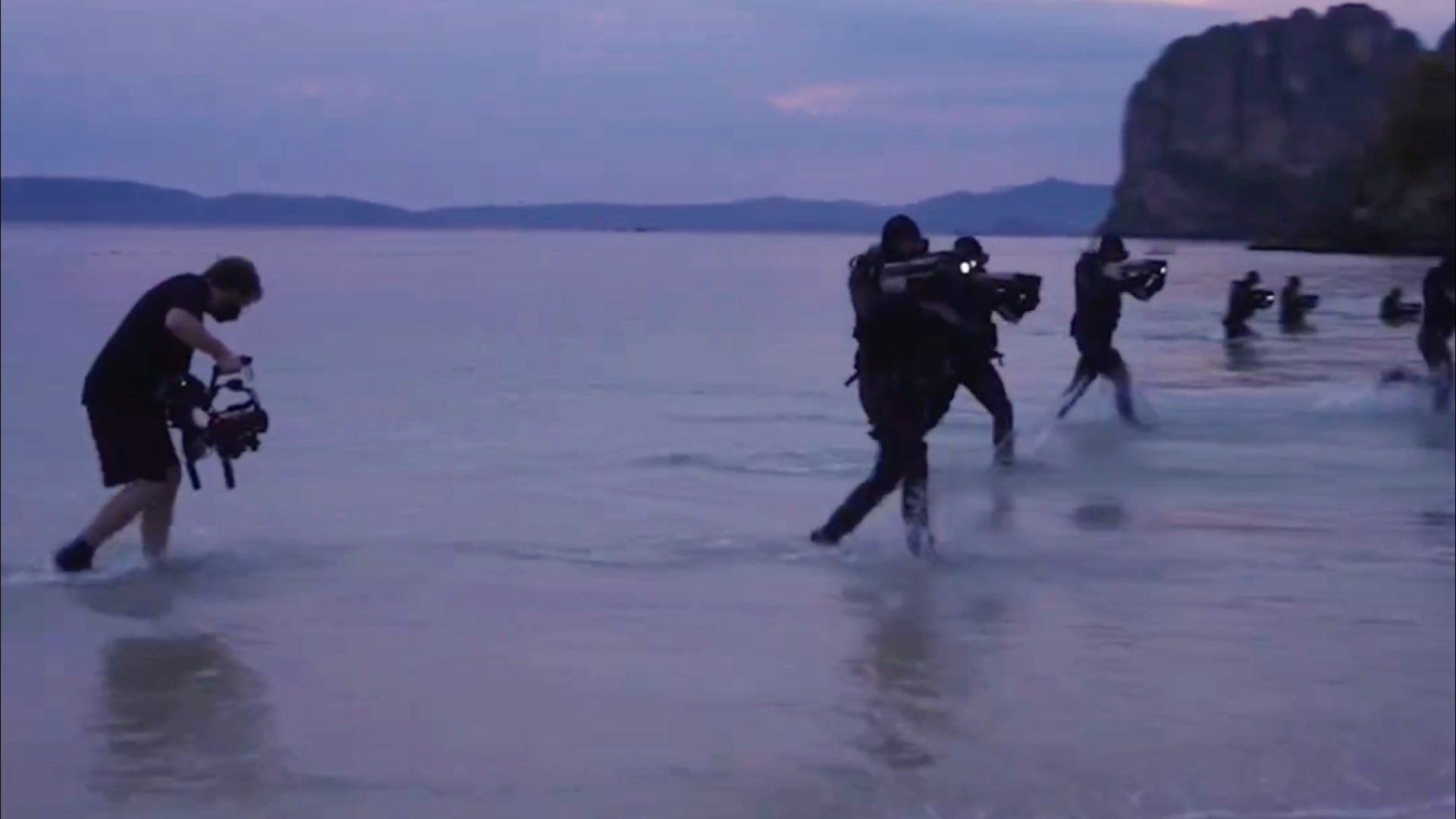
Shot on 12,800 ISO
As stated by Soffer: “One other thing Greig, Gareth, and myself were very impressed with was the camera’s dual native ISO, the higher of which sits at 12,800 ISO, unheard of in other cinema cameras, but another key component to our filmmaking approach as it allowed us to really embrace natural and available light in the various real-world locations we shot a vast majority of the movie in, without requiring us to heavily light locations and sets with big movie lights but instead allowing us to adopt a much smaller footprint approach that helped keep us nimble and flexible on shoot days, while also leaning into the hyper-naturalistic lighting aesthetic we set out to achieve with the film. Overall, the camera I think really surprised all of us with the quality of image it was able to produce, especially considering its price point”.
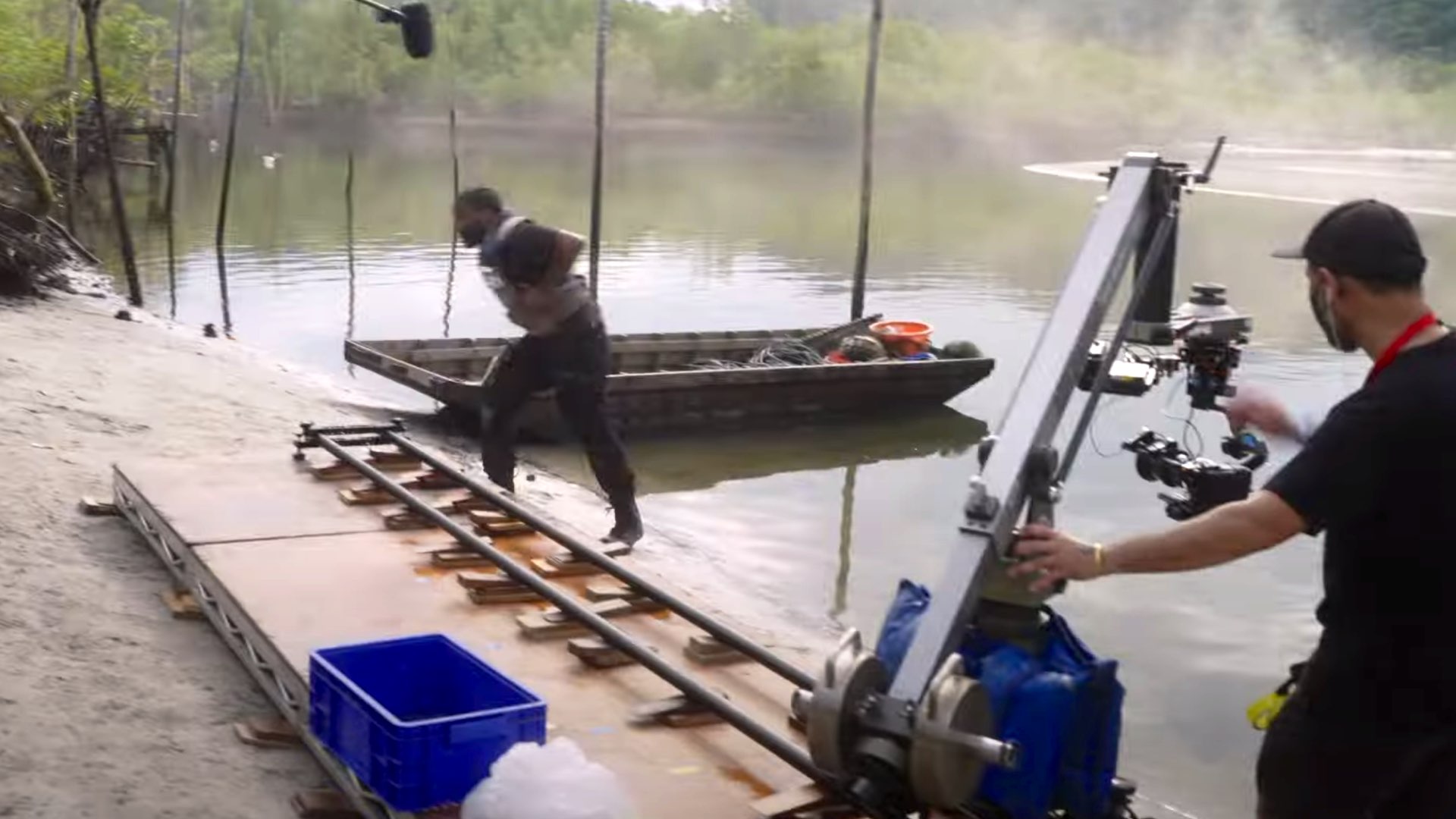
Ronin RS2 for maximum maneuverability
“We sought out a very small and lightweight camera that still provided a robust image for post-production and visual effects purposes, and that could be paired with a Ronin RS2 gimbal to be operated for extended takes and with massive flexibility and freedom to move around a location and react spontaneously to what the actors were doing,” said Soffer. Moreover, the setup allowed to use of the Ninja V for the ProRes RAW output from the FX3.
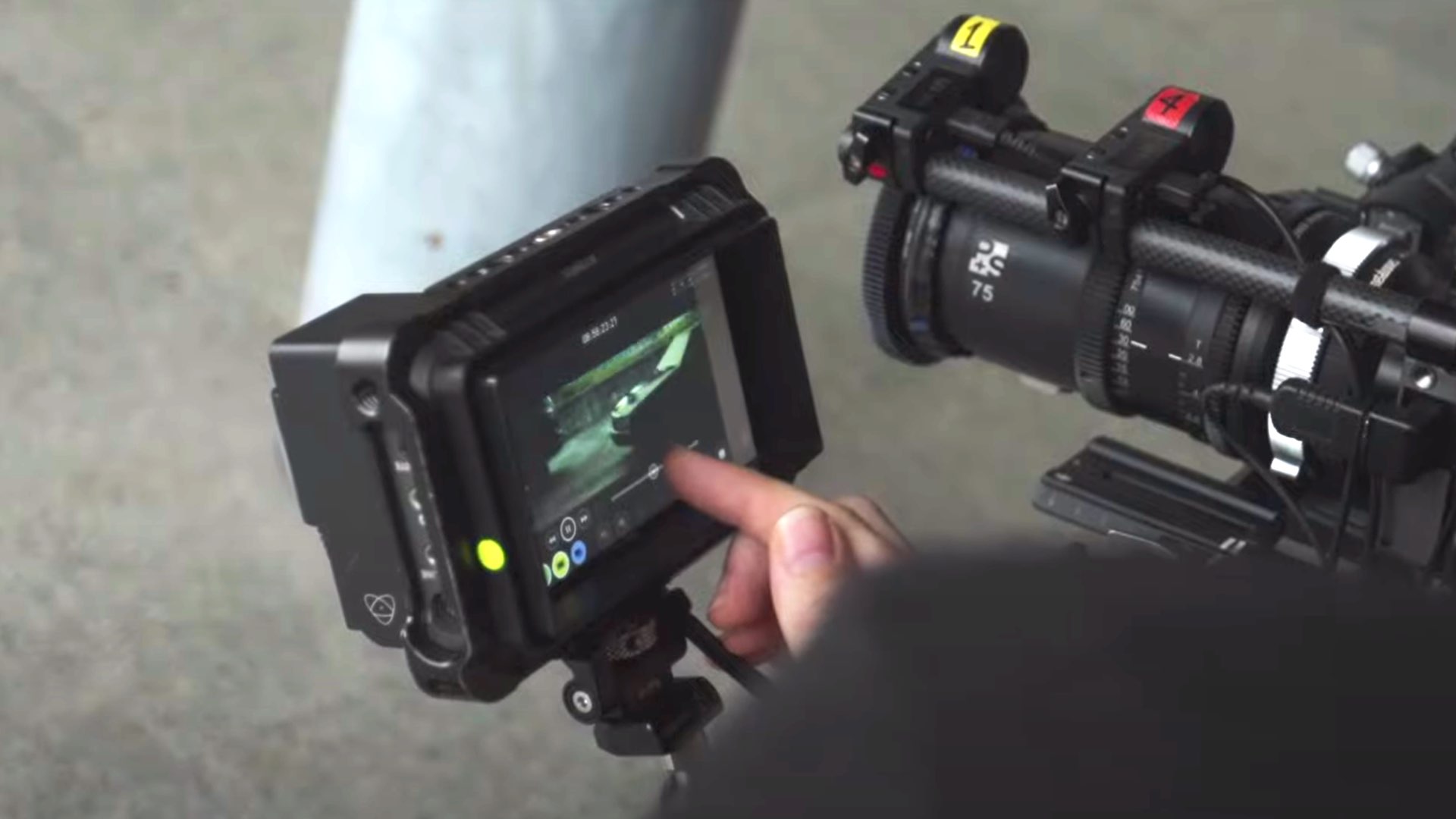
ProRes RAW as the main codec
As far as we know, this is the first time the ProRes RAW codec is being used for IMAX production. According to the VFX acclaimed company, Industrial Light and Magic, the FX3 output was just fine for the heavy CGI layers heavily used to be layered on the real multiple locations they shot the movie. It will be interesting to explore how the ProRes RAW holds up against the huge canvas (IMAX theater).
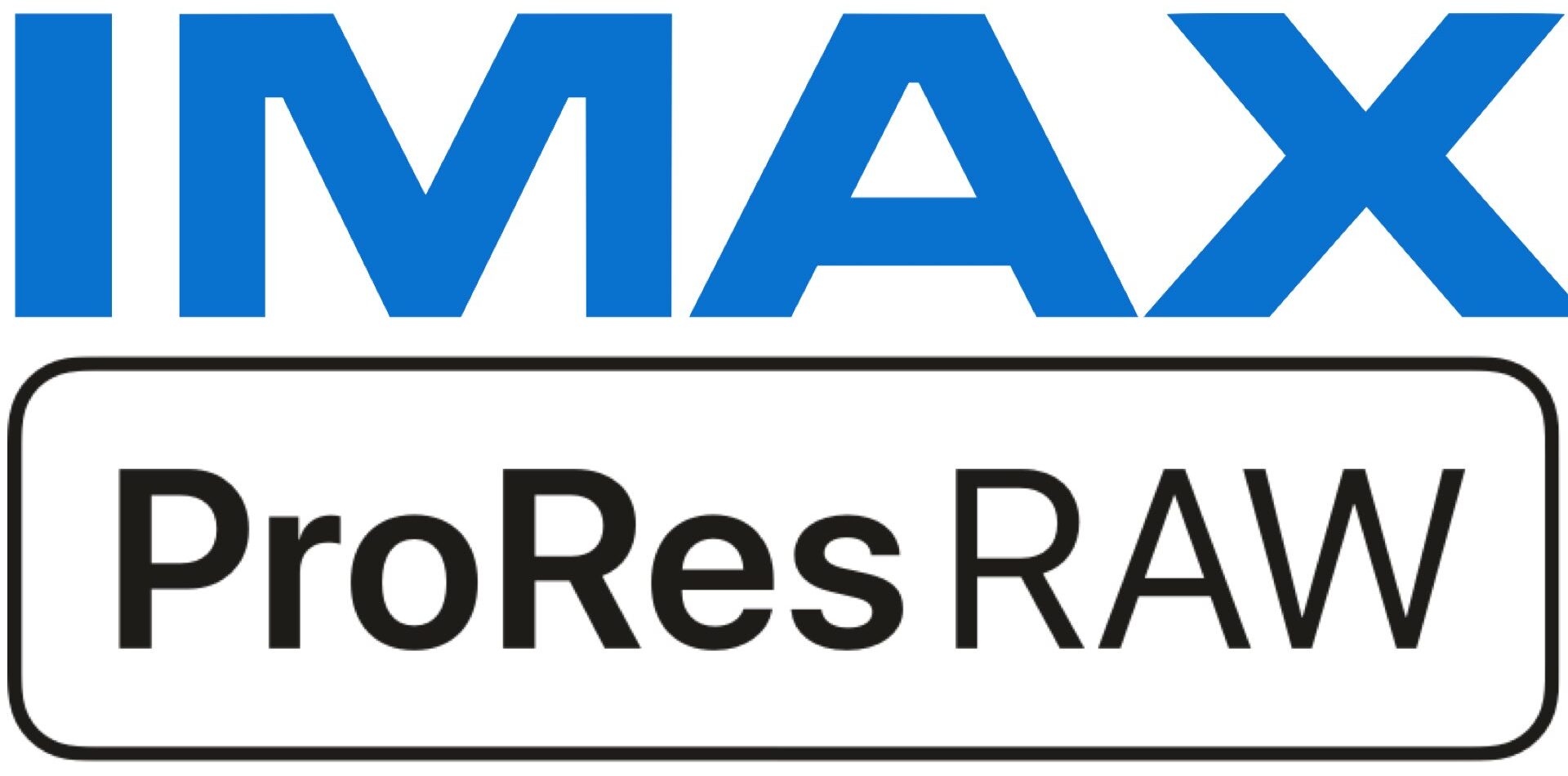
The main glass: Kowa 75mm anamorphic lens
Additionally, Soffer told Digital Cinema Report that they shot 98 percent of the film on a Kowa 75mm anamorphic lens. “We carried three of these lenses to allow us to have multiple camera rigs ready to shoot at any given time, and this once again gave us the freedom and nimbleness needed to adopt Gareth’s guerrilla filmmaking approach by removing the need to even swap lenses. The 75mm was chosen as it most closely resembles the perspective and compression of the human eye (equivalent to roughly a 37mm spherical lens), which creates a very immersive and subjective experience for an audience, really placing and grounding them into the world of the film, which was our ultimate goal. Gareth was also very interested in the aberrations and characteristics of vintage anamorphic lenses, as the look of classic films from the ‘70s and ‘80s such as Alien and Blade Runner that shot on similar lenses was a big influence on this film as well. We also carried a prototype 42mm Atlas Mercury anamorphic lens for a few tight quarter spaces such as car interiors where the 75mm just wasn’t quite wide enough to get the framing we needed, as well as a set of Ironglass rehoused vintage Soviet stills lenses that we used very sparingly, mostly for some drone work and to shoot some visual effects plate footage”.
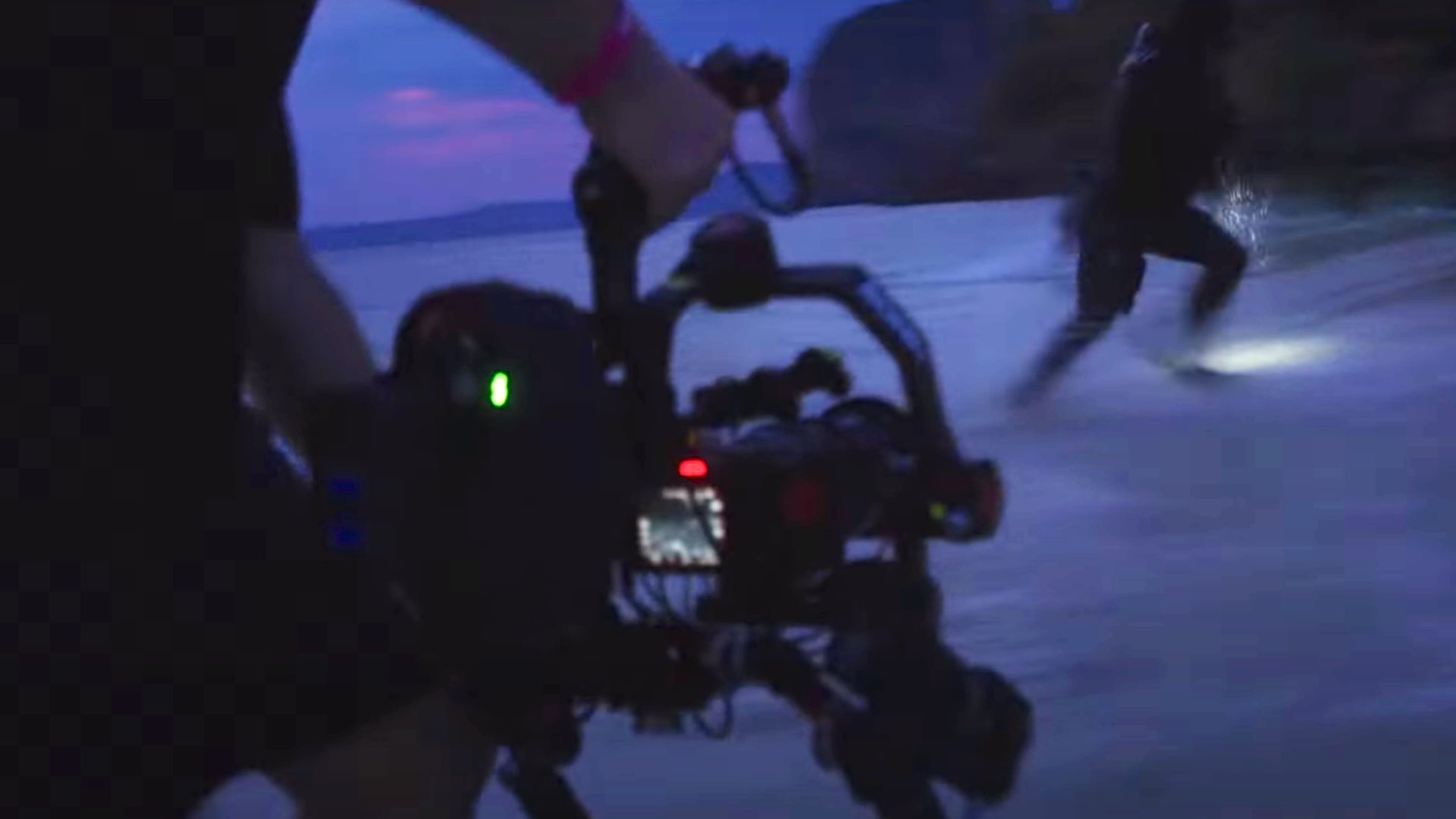
IMAX or Dolby?
So now let’s discuss the big question: What’s the best cinema platform to watch ‘The Creator’? Soffer was telling us his opinion: “Since many are asking… I would most recommend seeing the film in either Dolby or IMAX – I give Dolby a slight edge personally due to the Atmos sound mix, the ideal way to hear the film, but you can’t go wrong with either format really”. We’re going to watch it on Dolby at the AMC Empire NYC, and we’re looking forward to it.
Product List
Here are the products mentioned in the article, and the links to purchase them from authorized dealers.
- Sony FX3 Full-Frame Cinema Camera
- DJI RS 2 Gimbal Stabilizer Pro Combo
- Atomos Ninja V 5″ 4K HDMI Recording Monitor

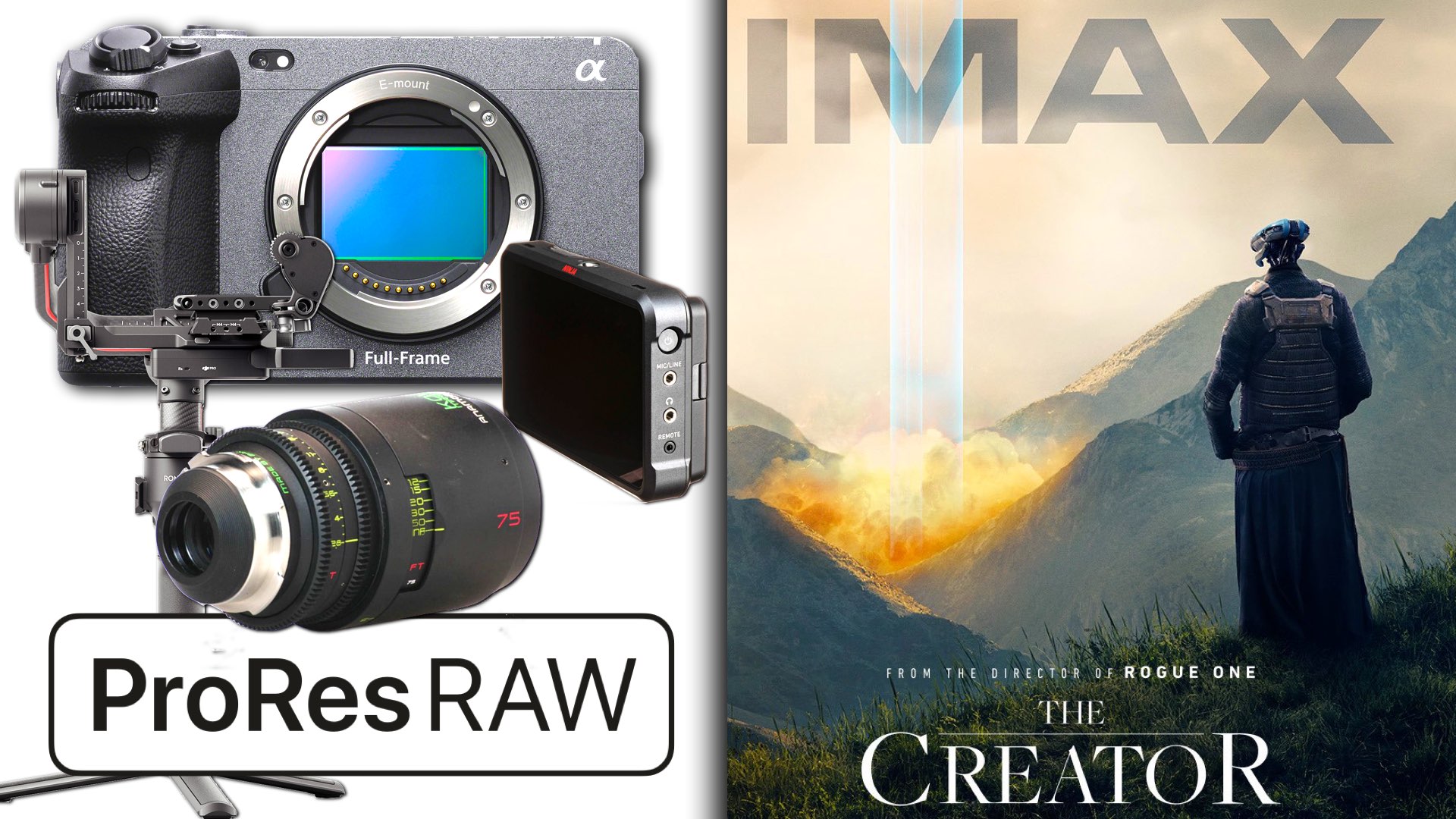




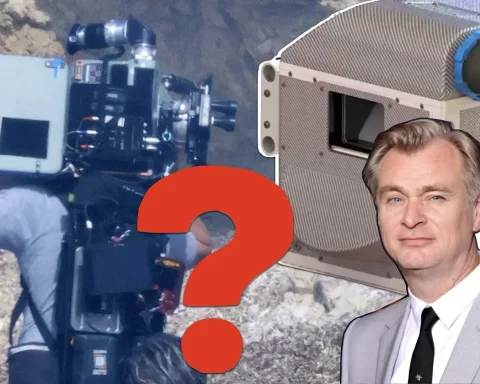
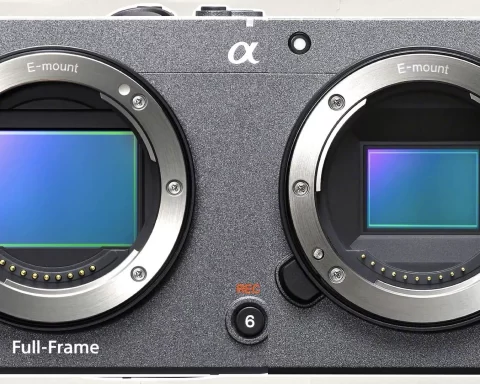

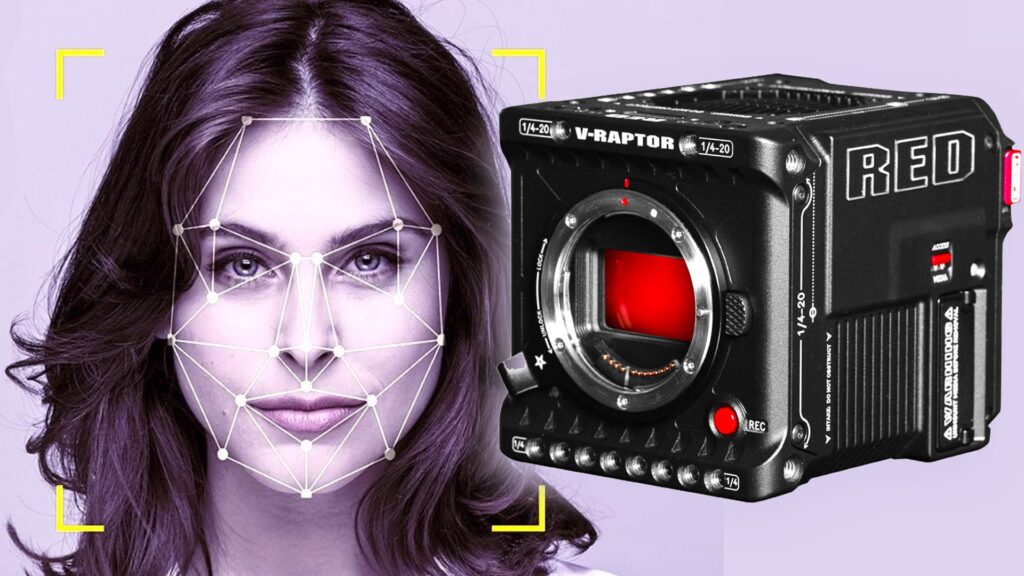
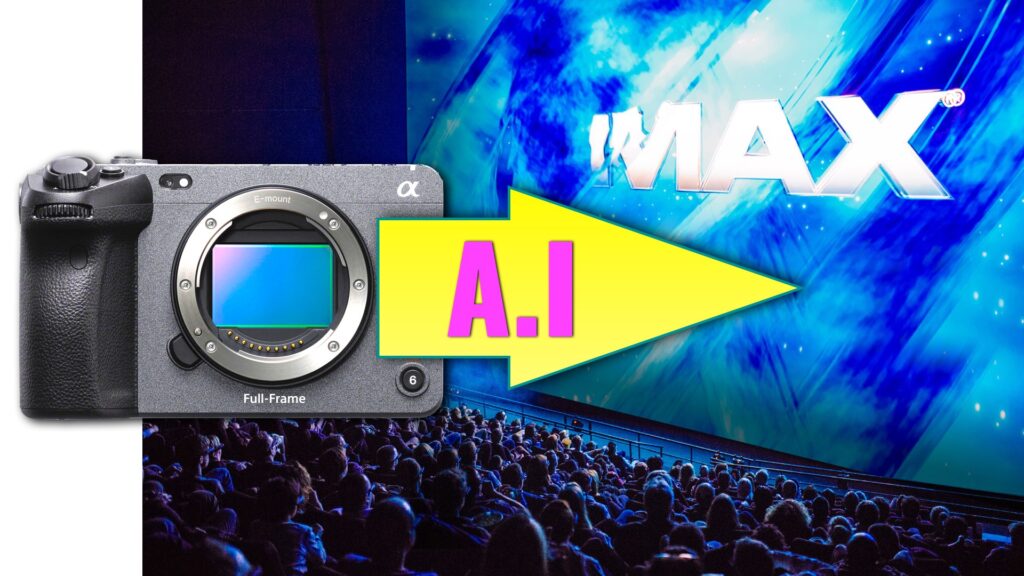





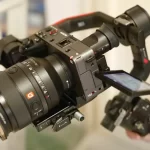
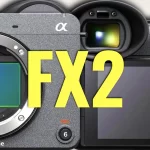
So did they have to crop the sides of the image because the Kowa is a 2x anamorphic lens, and the camera has a 16×9 sensor? And was the Prores Raw converted to CDNG or another codec in post?
The screen was actually cropped top/bottom in the cinema as a 70 film print would be.
Although the FX3’s full-frame sensor’s aspect ratio is 3:2 rather than 16:9, your point about needing to crop the sides to yield a traditional 2.4:1 anamorphic image aspect ratio is valid.
4264 x 2408 is the FX’s raw video output resolution (1.77 before de-squeeze).
Interesting. I stand corrected. Still, a fair amount of horizontal cropping would seem necessary to get what is, in effect, a 3.54:1 aspect ratio down to the film’s reported 2.76:1.
IMO 4.2k is too low for a 4k anamorphic finish
YT is never the best to judge anything on but going by “The Creator” trailers it looks to be basically as good as material shot on larger higher pixel formats. It really depends on how the material is handled.
https://www.youtube.com/watch?v=ex3C1-5Dhb8
Much respect to them for using a camera that myself and many own to shoot such a visually stunning movie! Curious as to why they didn’t have a few fx6’s in the mix? Half these problems that they had to solve wouldn’t even be problems to solve if they used the fx6 as the primary camera. It’s the same sensor just a little bigger of a body. The fx6 sdi port, timecode port and the extra function buttons make a hell of a difference in day to day operation. I’m thinking it’s because the fx6 was super hard to get when they were filming?
Nice write up, and taking nothing away from the work you’ve done, but this story was actually reported first by The Cinematography Podcast, more than a year ago.
Currently I am using a Kowa 75mm lens + Sony FX3 + Atomos Ninja Ultra + Vaxis, I have problems when I want to play back highspeed video with a framerate of 48fps, base framerate at 23.89,,,highspeed in S&Q mode and raw processing in Atomos outputs NOT mode RAW,, is there any solution for this